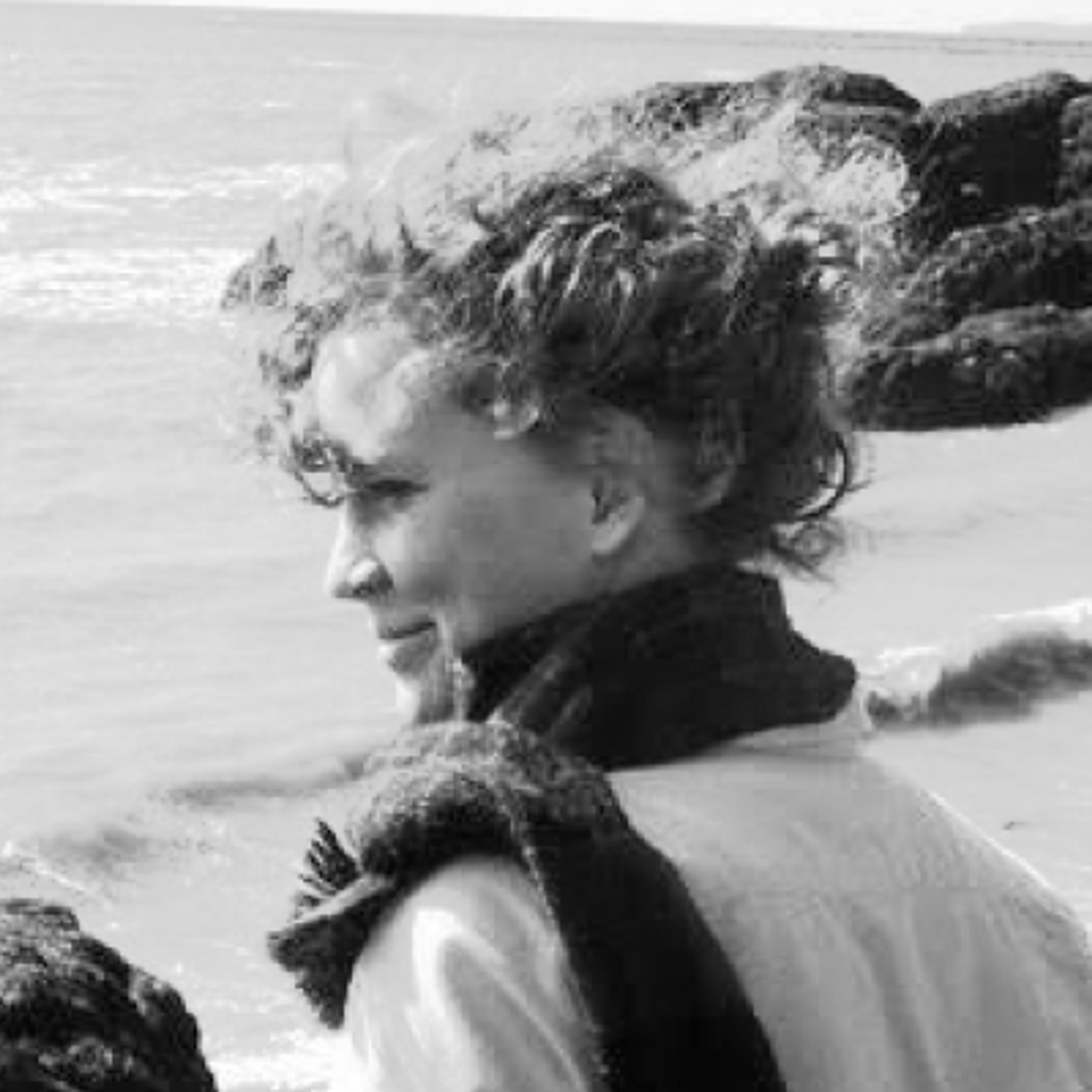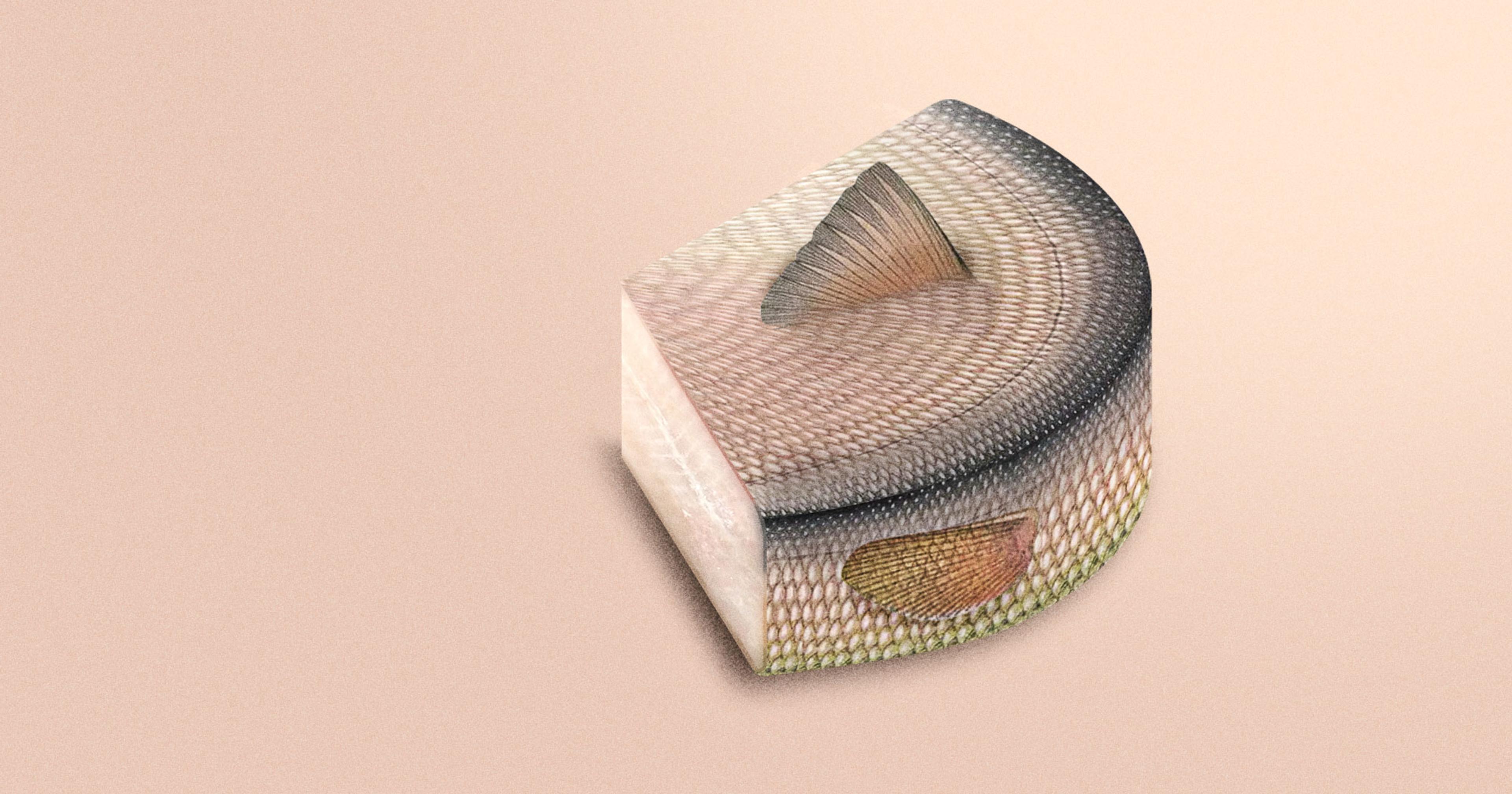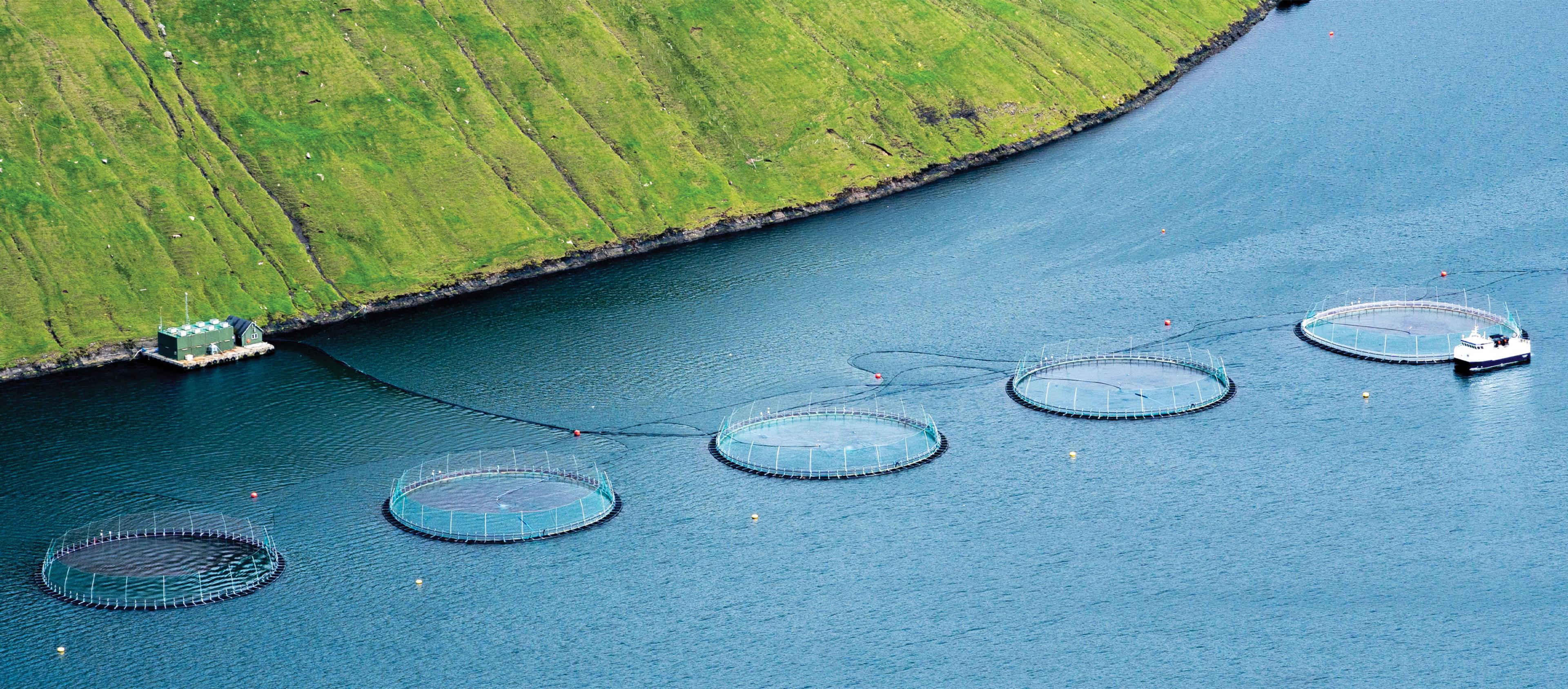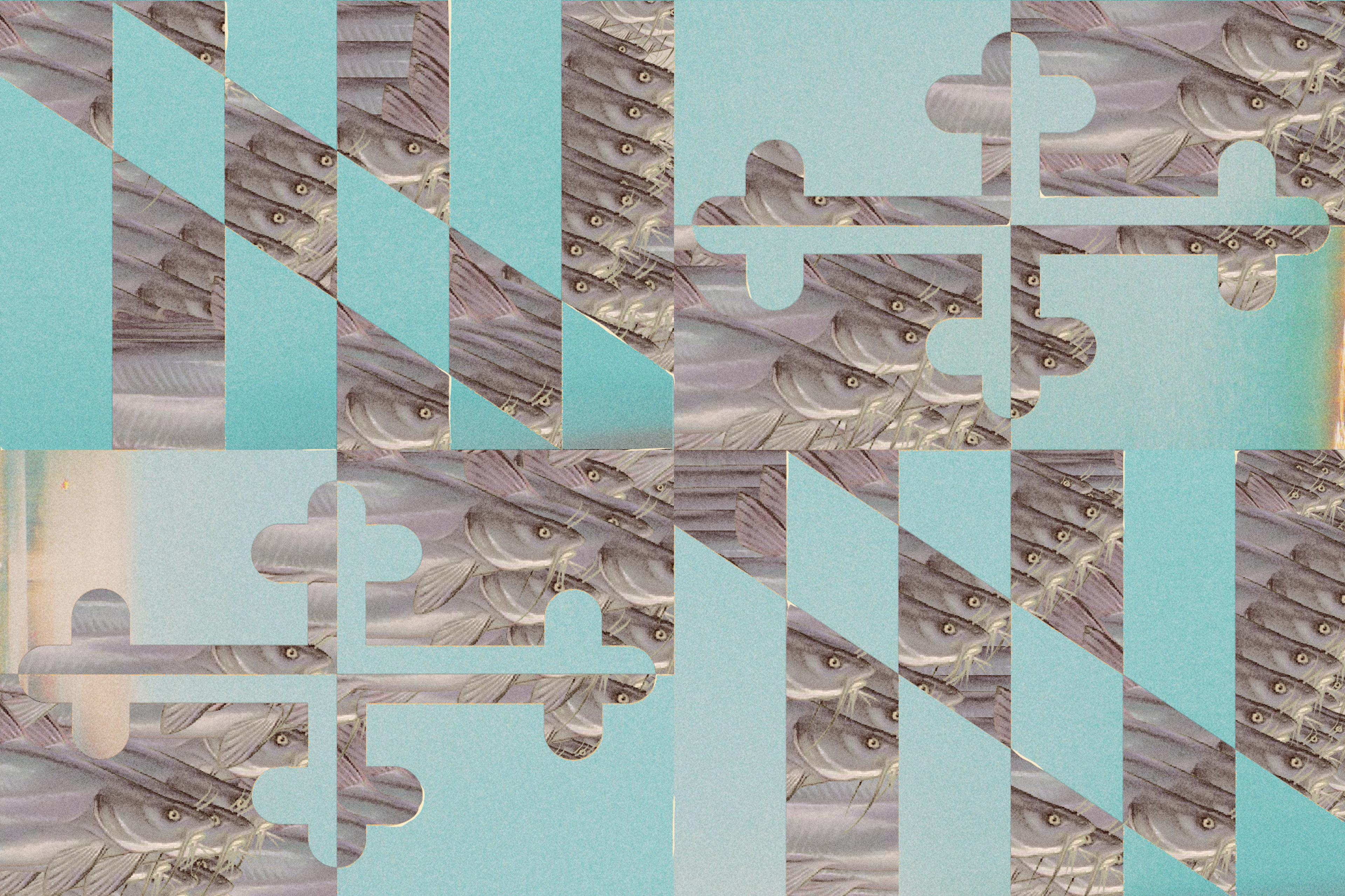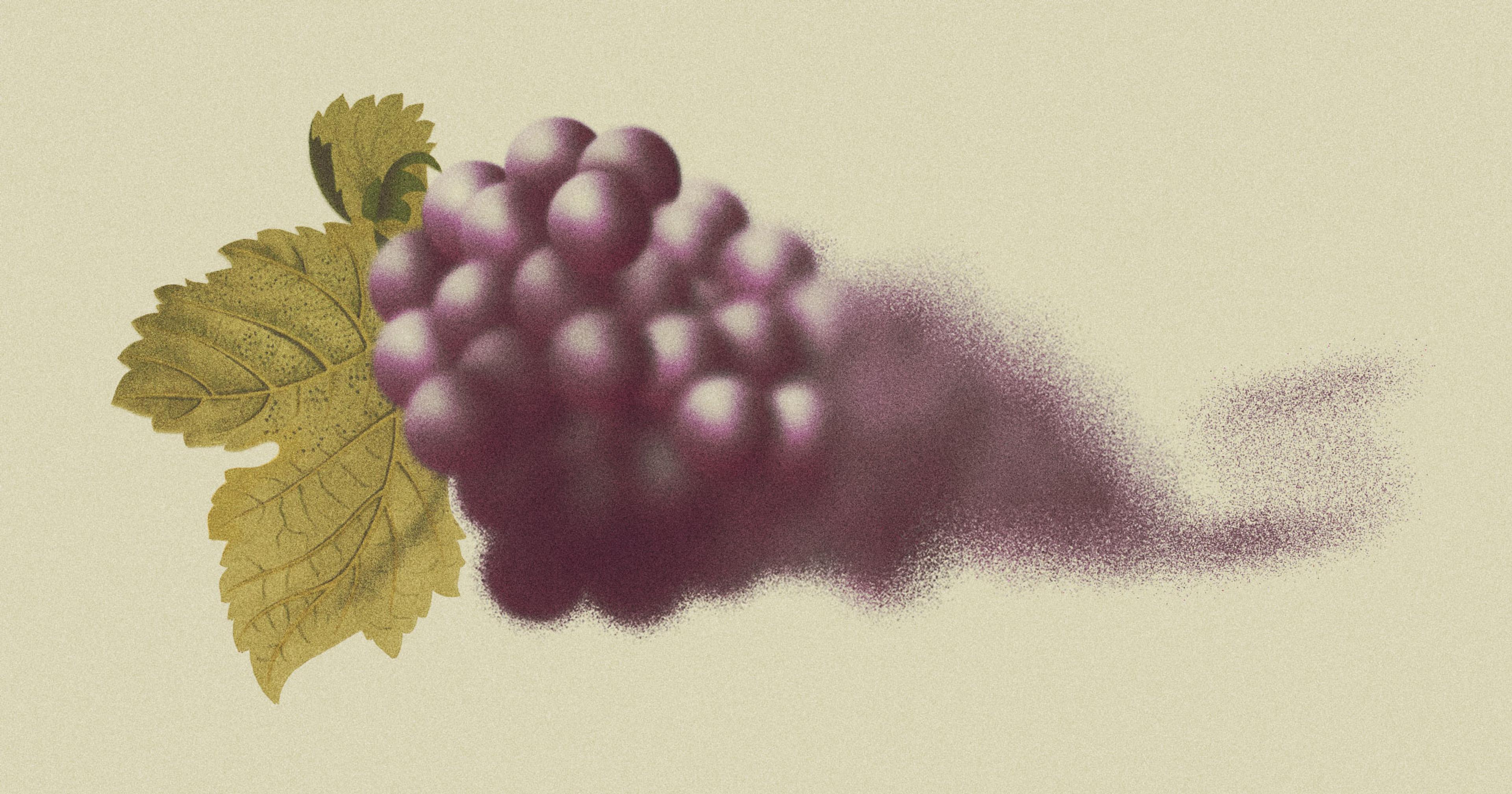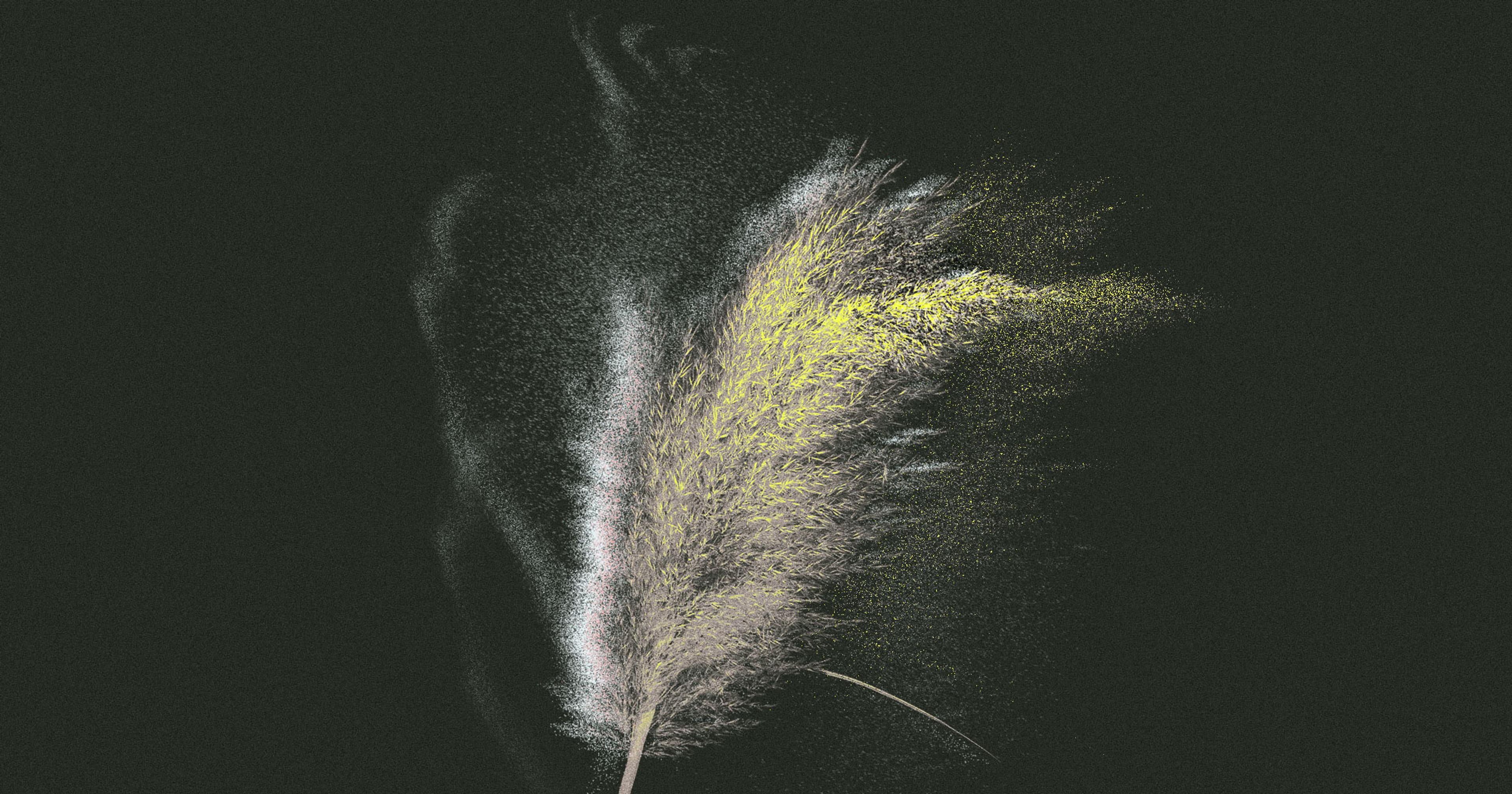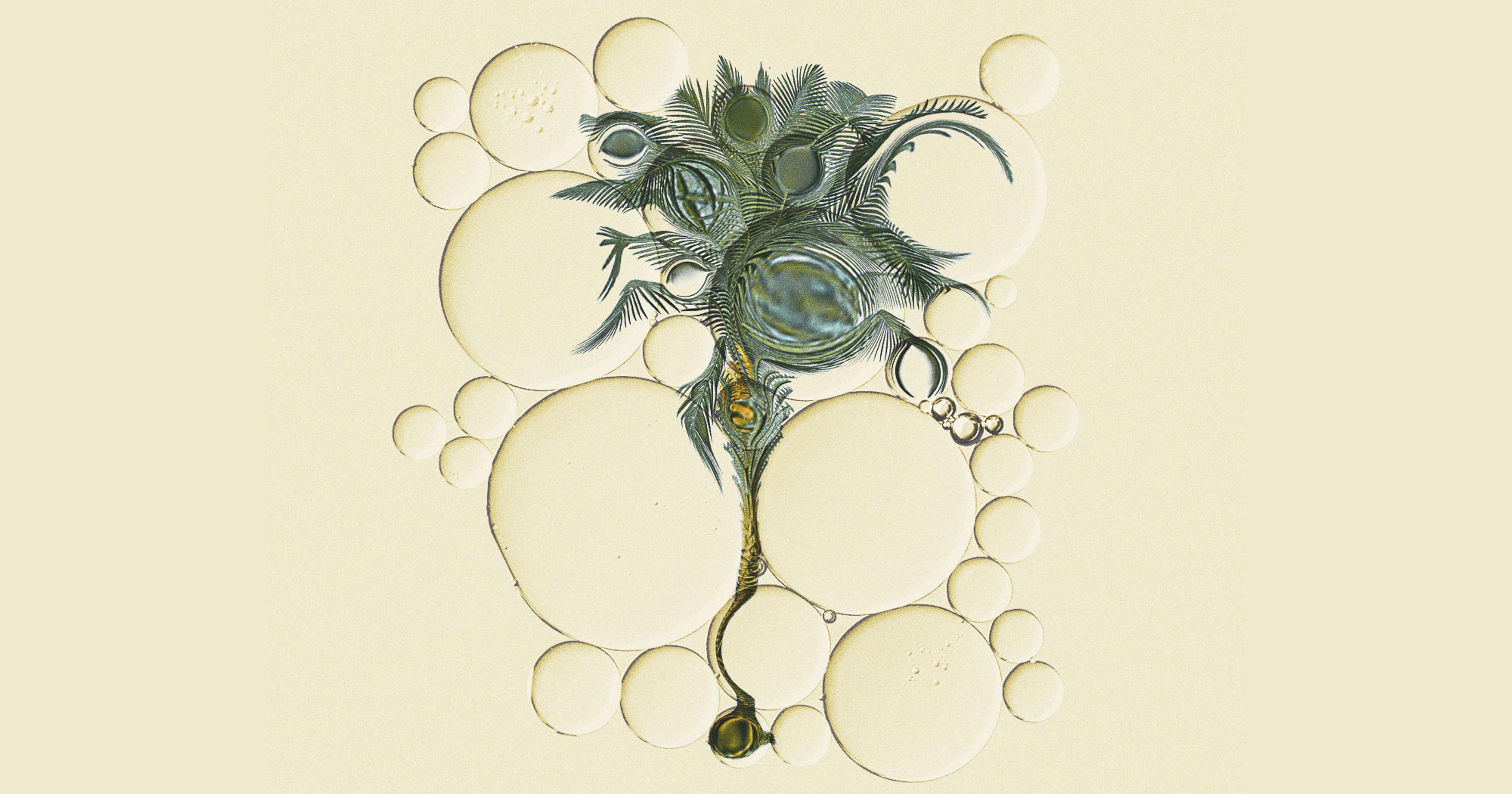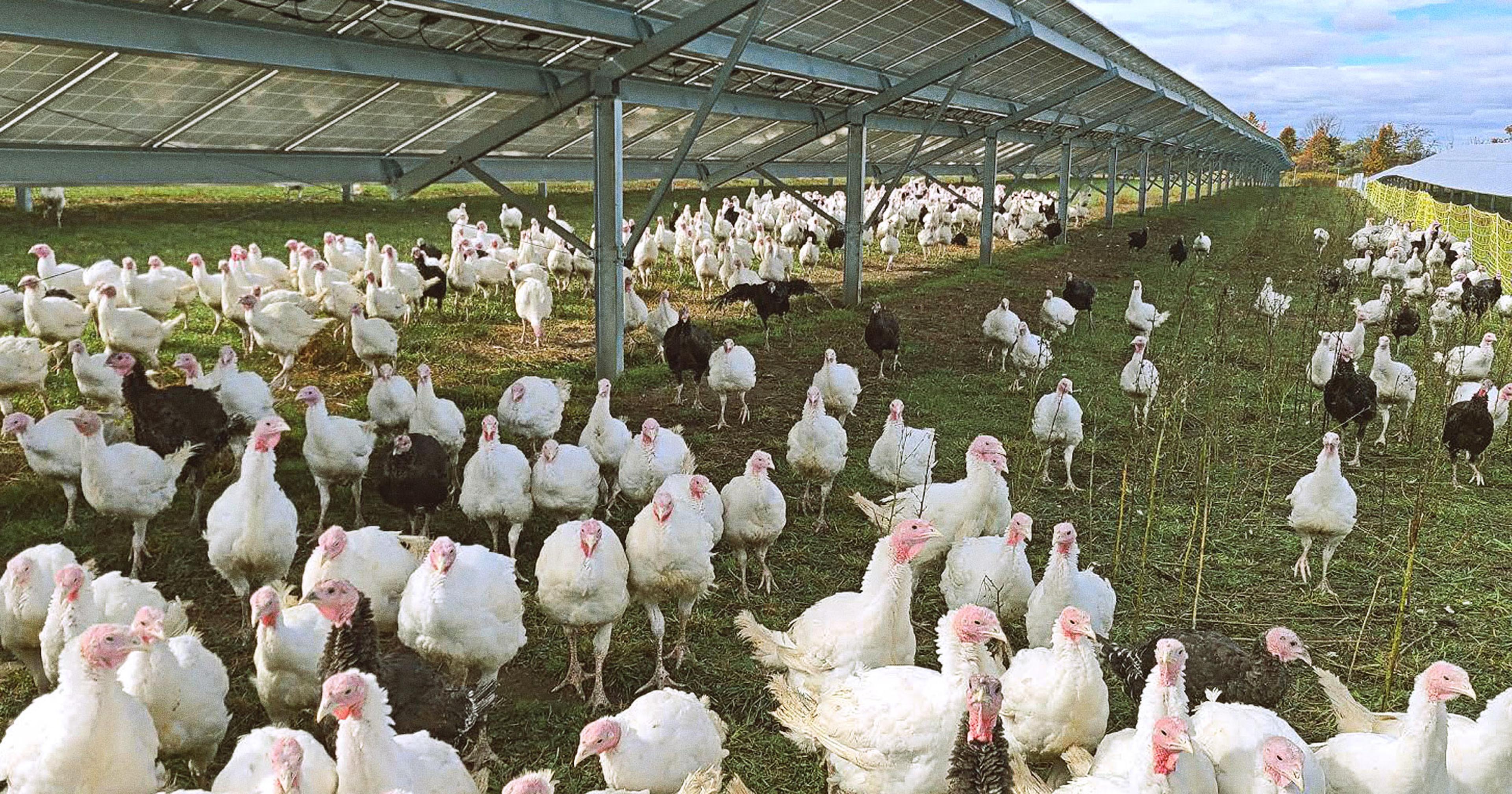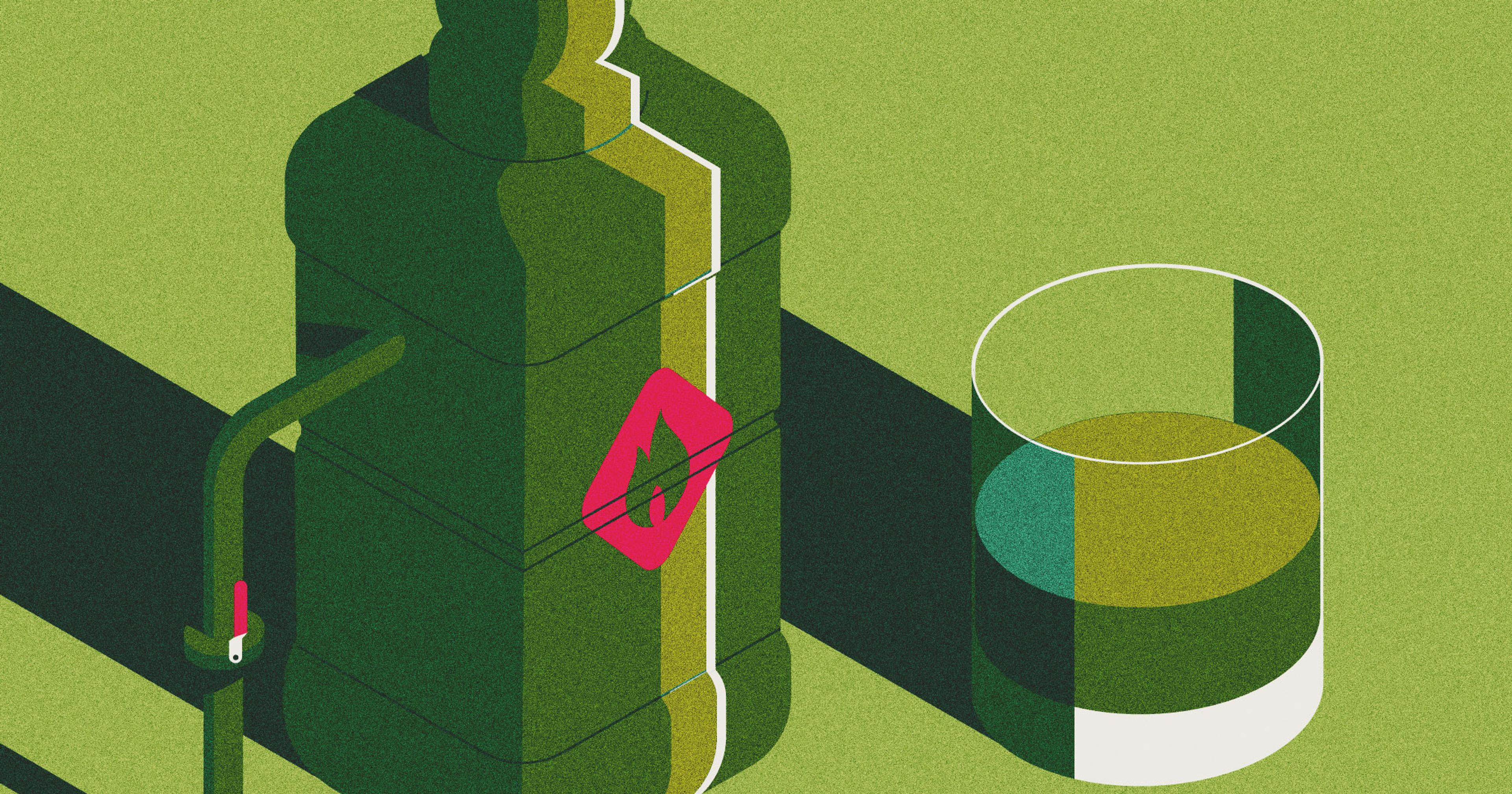Most of the fish we harvest goes to landfill. Using the whole animal could help fish — and fishermen — live more sustainably.
When Charlie Henriksen began working on Lake Michigan in the 1980s, fish and commercial fishermen were both abundant. But in the decades since, fisheries have shrunk, undercut by increasing regulations and invasive species.
Henriksen is still fishing — his primary catch is lake whitefish, which have proved remarkably resilient to changing conditions — but the fishery he started in 40 years ago is all but gone. “There’s little spots where there’s some fish, but nothing like it used to be, or should be.”
This trajectory isn’t helped by the way many North Americans consume fish. On its way to your plate, a fish leaves much of itself behind. First goes the head — roughly 20 per cent of the animal — then the guts, bones, blood, and skin, leaving a fillet that makes up less than half of the creature it started from.
For the fish, this is bad enough. But for the fishermen already operating on thin margins, throwing half of their catch away is also bad for their bottom line.
In the Great Lakes region, people are investigating whether there’s another way.
Henriksen is part of a group of Great Lakes fishermen, aquaculture producers, and processors exploring whether the solution lies in using 100 percent of the fish they catch for applications ranging from fertilizer to cosmetics and skin grafts. “Even if it added a couple dollars a pound to our base price, it would be a game changer … it would actually make what’s left of our industry profitable again.”
The initiative is part of a global movement that people hope can address the problem of fish waste — which the World Economic Forum estimates in the tens of billions of tons a year — while making fishing communities more resilient.
But in the Great Lakes, the effort is also contending with a shifting environment, ecologically and politically, and a supply chain that isn’t set up to use much of what comes out of the water.
Why Not Take All of Me
While Indigenous and traditional communities have long used the entirety of fish (as do cultures outside of the Western world) efforts are intensifying to do so in industrial fishing— starting with a nation that’s long been dependent on cod.
In the 1980s, Icelandic fisheries were put under a quota system to address concerns about overfishing; over the next decade, landings of Atlantic cod dropped from around 450,000 tons to less than half that amount. “What it meant is that all these businesses that had been built around volume as the business model really had to think, ‘Okay, now I can’t catch as much … so how do I maximize the value’,” said Alexandra Leeper, CEO of the Iceland Ocean Cluster, a network of Icelandic ocean companies.
Initially, the industry responded by adjusting filleting practices to waste less of the fish — but in time, focus shifted to cod’s other parts. The 100% Fish Project, an initiative of the Iceland Ocean Cluster, now helps as much as 95 percent of cod caught by Icelandic fishers find a purpose. This includes cosmetics, fish leather, pre-treatment sprays for colds, and skin grafts for burn victims.
As an island nation, there’s a longstanding recognition in Iceland that resources are limited, and that effort into catching fish can’t be wasted, said Leeper. Now, the 100% Fish Project is relearning those pathways. “We couldn’t just keep fishing endlessly — there’s a need to do things better now.”
Casting the Net Wide
The shift isn’t confined to Iceland.
On a trip to Europe, David Naftzger, executive director of the Great Lakes St. Lawrence Governors & Premiers (GSGP), which supports environmental protection and economic development in the Great Lakes Region, stumbled across the Iceland Ocean Cluster.
In Atlantic cod’s trajectory, Naftzger recognized a parallel story to that of lake whitefish, one of the Great Lakes’ most important species — and the 100% Fish Project prompted a revelation. “We realized we really just had a filet factory, and we were leaving a tremendous amount of unrealized value on the table,” he said.
In response, Naftzger’s organization launched their own project, called 100% Great Lakes Fish, in 2022. Projects to use the entirety of fish have also sprung up in Namibia, South Korea, and Alaska.
As a first step for the Great Lakes, participating fishermen and companies voluntarily pledge to stop sending fish waste to landfill, starting this year. “Putting valuable raw material … into that landfill really doesn’t make any sense,” said Naftzger. He said the GSGP has also done testing of the major fish species caught in the Lakes to determine what kinds of products they’re suitable for. “In the near term, we’ve identified opportunities to roughly triple the value that’s generated by each fish.”
Initially, this may be as simple as diverting fish waste to compost, but over time, could include uses such as fish meal, collagen, and leather.
Stakes Are High
One challenge in the Great Lakes is the fishery’s highly decentralized structure; unlike in Iceland, where processing happens in one location, fish in the Great Lakes is harvested and processed by small companies or individuals in communities on both sides of the Canada-U.S. border (a situation that also confounds efforts to develop tinned fish production in the Great Lakes).
This adds complexity at a time when Canada-U.S. trade relations are rocky, to say the least; in an average year, Charlie Henriksen might send 50 percent of his catch to Ontario for processing — 80 percent of which then comes back to the U.S. “This whole war with Canada and tariffs is just really draining to think about,” he said. “There’s been so much legwork to make [100% Great Lakes Fish] happen. It really just doesn’t need an extra roadblock.”
On top of that, traditionally, many Great Lakes harvesters have been in competition, Naftzger said, which makes collaborating to develop new products a tougher sell. Still, fishermen see promise in the idea.
“It’s just heartening that we’re trying to do something,” said Henriksen, whose son is his business partner. “We’re building a business for the future — that’s why I’m involved.”
Henriksen is skeptical that the increase in fish value that Iceland Ocean Cluster claims — from $12 to a potential value of $5,000 for a single cod — would be possible in the Great Lakes. But even a small increase in the price per pound could make the fishery viable, he said.
Already, Henriksen has been collaborating with a researcher to see if his scraps make viable aquaculture feed; he’s also worked with a company to make fish leather products, though “people didn’t get real excited about them.”
Rough Waters Ahead
There are other hurdles to overcome. Fisheries have been decimated by invasive species, and recovery from those impacts has been slow — even as funding for control measures is precarious.
And in the long term, invasive species — among other issues — could be exacerbated by climate change. The Great Lakes’ cold temperatures have held many invasives at bay, said Zachary Feiner, research scientist at University of Wisconsin-Madison. But Feiner’s research on invasive carp in Wisconsin rivers suggests that could change in future. “A little bit of warming all of a sudden makes those a great place for invasive species to be in.”
Meanwhile, declining ice cover on the Great Lakes is also affecting the survival of young fish of species like whitefish, which depend on ice to protect their eggs over the winter. “You’re seeing impacts of climate change very, very directly.”
Naftzger said shifting the industry to use more of each fish makes it more resilient to the shifts that come from a changing climate. “Anytime you’re dependent on a single product, you’re more vulnerable to some kind of a dislocation or a change.”
Dennis VanLandschoot is one of those hoping for that more stable footing.
His grandfather started VanLandschoot & Sons after emigrating from Belgium to Michigan in the early 20th century.
But environmental conditions, regulations, and persistent labour shortages make keeping the fishery going a tough proposition; earning revenue on the 50 per cent of the fish they’re currently throwing away would be “huge.”
VanLandschoot said this isn’t just about his family, or the commercial fishers on the Great Lakes. Ultimately, using more of what’s coming out of the water will also support healthier populations for what’s left in the water. “Really it starts from the back end,” said VanLandschoot. “What can we do for the fish?
